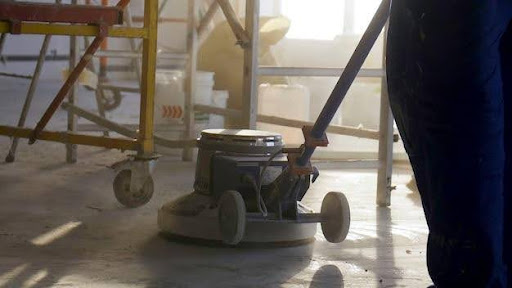Having your home’s exterior leveling work look its best for many years to come requires ongoing maintenance efforts. A professionally leveled surface is a major investment that homeowners will want to protect. However, over time exterior surfaces can deteriorate if not properly cared for. Cracks, lifting, and damage from water are common issues that every homeowner wants to avoid. This blog will outline the key tasks involved in maintaining a smooth, flat surface after a leveling job. Concrete leveling lifts slabs smoothly but settling can recur. Proper care keeps surfaces flat, preventing hazards. Contractors advise sealing and joint stabilization and repair. Techniques protect ready mix concrete appearance function long term.
Securing Perimeter Joints
Control joints divert cracking at planned breaks. Sealing cracks and joints stops water penetrating under slabs preventing settlement from soil saturation. Compatible sealers bond to concrete resiliently with expansion and contraction. One of the most important aspects of maintaining a smooth, flat surface after a leveling job is securing all perimeter joints. This includes checking that the joints around the foundation, any walls, door thresholds, and other structural elements are secure and sealed properly. Perimeter joints need to be sealed to prevent water from getting under the leveling material. Regularly inspecting these joints and resealing them as needed is crucial, as water damage over time can lead to cracks and lifting of the surface.
Monitor and Reseal
Joint cracking allows ingress compromising substrate. Contractor inspections check seals yearly reapplying timely before failure. Removal cleans cracks followed by backer rods and flexible sealant forms a durable barrier lasting several seasons. Another key maintenance task is repairing any minor lifts or cracks that develop on the surface. Using an exterior-rated leveling compound, fill in any lifts or cracks, allow to dry fully, then smooth over the repaired areas. Addressing issues promptly prevents further deterioration. Proper drainage is also essential to prevent standing water issues. Homeowners should ensure water drains away from the foundation area by maintaining clear gutters, downpipes, and appropriate slopes.
Repair Minor Lifts
Lasers detect slight lifts for preemptive repair stopping problems from progressing. Drilling injects grout under lifted areas individually, raising gently as settlement occurs gradually. This prevents hazards and replaces piecemeal large-scale leveling needs later. Concrete protection measures like applying a concrete sealer or restoring faded sealed surfaces also help maintain a smooth, flat surface long-term. Sealers protect against damage from salt, chemicals, and UV rays while also preventing water penetration. Finally, hiring licensed and experienced leveling contractors is advised for any repairs needed or additional leveling work. Proper materials and techniques used by qualified contractors can extend the life of the level of surface investment.
Concrete Protection and Working with Leveling contractors.
Sealers provide a protective barrier from water and deicing chemicals lengthening the stabilized surface. Concrete resurfacing renews flat appearance through troweling or leveling compound refinishing worn substrate to like-new condition. Established contractors help maintain smooth leveled surfaces long-term through warranty inspections, quick repairs, and guidance. Partnerships applying concrete leveling services proactively safeguard investment in infrastructure projects avoiding deterioration needing replacement.
Conclusions
Regular maintenance extends concrete leveling results thus saving remodeling costs down the road. Proper joint stabilization, drainage, and minor lifting keep restored surfaces functioning safely for years with contractor support.




